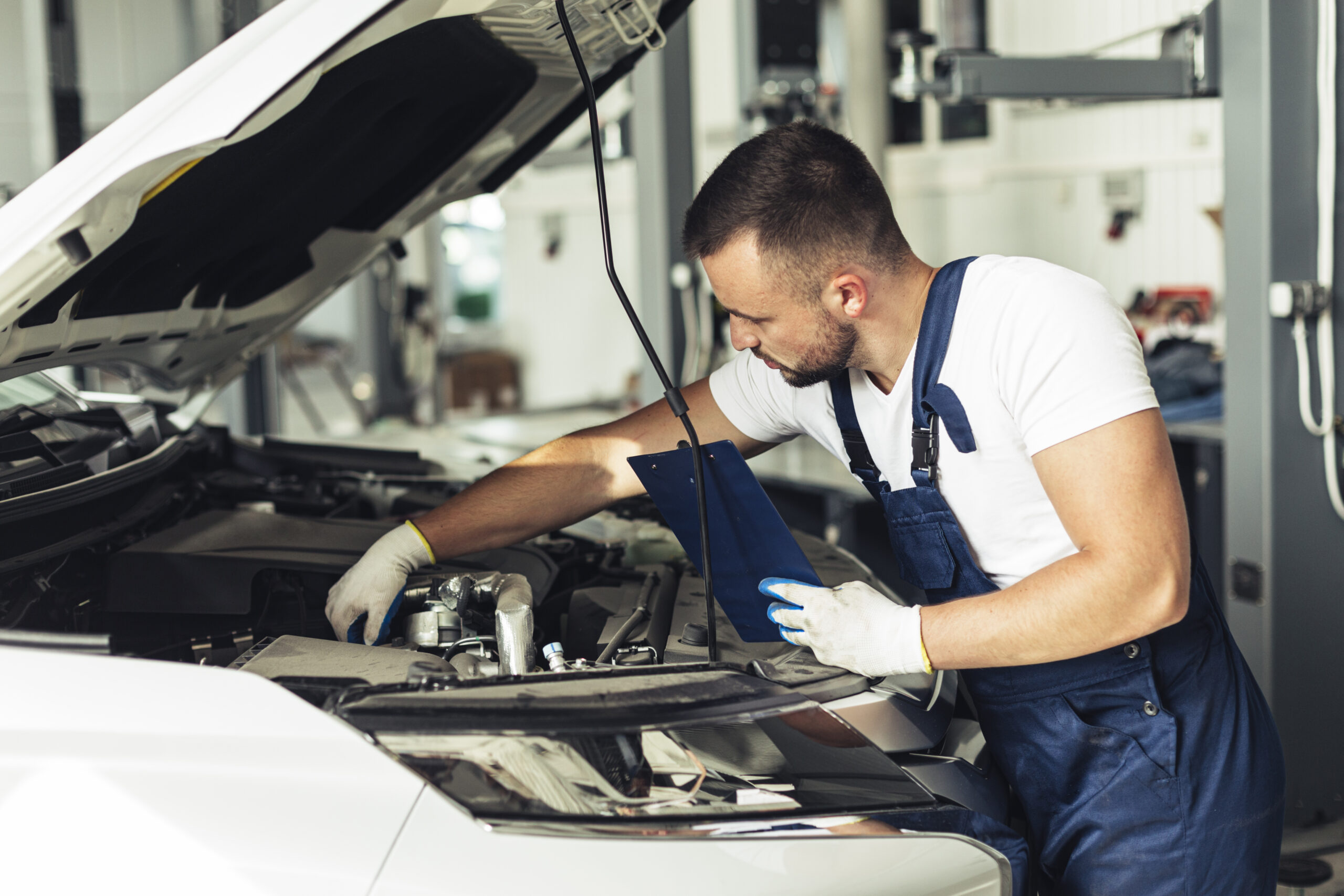All Categories
Featured

[/image]

2 essential services that are typically overlooked yet have a substantial impact on tire durability and efficiency are tire turning and positioning. Let's dive right into what tire rotation and placement are and why they're important for your auto.
What Is Tire Rotation? Tire rotation is the process of relocating your tires from one position to an additional to guarantee they wear uniformly. Given that your vehicle's tires work at different prices depending upon their placement (front tires versus rear tires), turning them regularly helps to distribute the wear evenly, resulting in a longer life expectancy for your tires.
Tires on the front axle tend to put on extra rapidly than those on the back axle, specifically in front-wheel-drive automobiles, where the front tires manage both guiding and power. On the various other hand, back tires might wear unevenly depending upon the car's weight distribution and driving problems. By rotating your tires every 6,000 to 8,000 miles (or as recommended by the maker), you'll make sure an extra balanced wear pattern.
What Is Tire Alignment? Tire alignment, likewise called wheel positioning, describes adjusting the angles of your vehicle's wheels to the supplier's specifications. Correct placement makes sure that your tires are directing in the appropriate direction, and it aids take full advantage of tire life and enhance lorry handling. There are three primary elements of placement: camber, caster, and toe.
Camber refers to the tilt of the tires from the front of the car. If your tires are tilted excessive internal or external, it can cause unequal wear. Wheel describes the angle of the guiding axis when viewed from the side of the vehicle. This affects the stability of the guiding, specifically when driving directly. Toe describes the angle at which the tires aim internal or outside when viewed from above. This impacts just how your car tracks on the road. A correct alignment ensures that all 4 tires are aiming straight ahead and are angled correctly. Misalignment can arise from striking craters, visuals, or just from the wear of suspension elements in time.
Why Tire Turning and Positioning Matter. Extended Tire Life. Both tire turning and positioning assistance avoid uneven tire wear. When your tires use uniformly, they last longer, which can conserve you cash in the long run by minimizing the need for early replacements.
Improved Safety And Security. Appropriate tire rotation and alignment enhance lorry security and handling. Misaligned tires or unevenly worn tires can negatively affect your ability to steer and stop your automobile, especially in emergency situation scenarios. Regular maintenance ensures your tires do optimally, supplying a much safer driving experience.
Better Gas Effectiveness. If your tires are not lined up appropriately, they may drag against the roadway surface area, creating resistance. This additional rubbing can minimize fuel effectiveness, creating your vehicle to eat more gas. Regular tire placement ensures that your automobile moves efficiently, improving gas mileage.
Enhanced Convenience. Misalignment or unevenly worn tires can bring about a rougher adventure, as your car might pull away or create resonances. By maintaining your tires turned and aligned, you'll delight in a smoother and much more comfortable driving experience.
Indicators That Your Tires Required Rotation or Alignment. It's important to stay alert for any indicators that your tires require rotation or placement. Look out for these common indicators:
Uneven Tire Put On: If you see that one tire is substantially more worn than the others, it might be time for a rotation or positioning. Steering Pull: If your car pulls away while driving straight, this could suggest imbalance. Vibrations: If you really feel vibrations in the steering wheel or the automobile itself, maybe an indicator of imbalance or unequal tire wear. Screeching Tires: Unusual tire noise might likewise indicate inappropriate positioning or the demand for a tire turning. How Frequently Should You Revolve and Straighten Your Tires? Tire turning should normally be done every 6,000 to 8,000 miles or as defined in your vehicle's owner's guidebook. It's an excellent concept to rotate your tires during every oil adjustment, as this will aid you remain on top of routine maintenance.
As for positioning, it does not call for as regular service. Generally, placement needs to be checked at the very least yearly or whenever you see issues like pulling to one side or resonance. You may additionally require alignment if you have actually hit a big pit or visual, which can toss your wheels out of alignment.
Verdict: Keep Your Tires in Top Shape. Tire rotation and placement are essential services that keep your vehicle running efficiently, safely, and successfully. By putting in the time to have your tires turned and straightened consistently, you're buying your cars and truck's efficiency and longevity, while also improving your safety when traveling. Stay aggressive with tire maintenance, and your vehicle will thank you with much better fuel economic climate, enhanced handling, and extended tire life.
Latest Posts
Unlock Your Financial Partner at WyHy – Low Rates for Members
Enhance Your Building with Overhead Door Systems
Unlock WyHy Federal Credit Union – Key Tools for Your Future